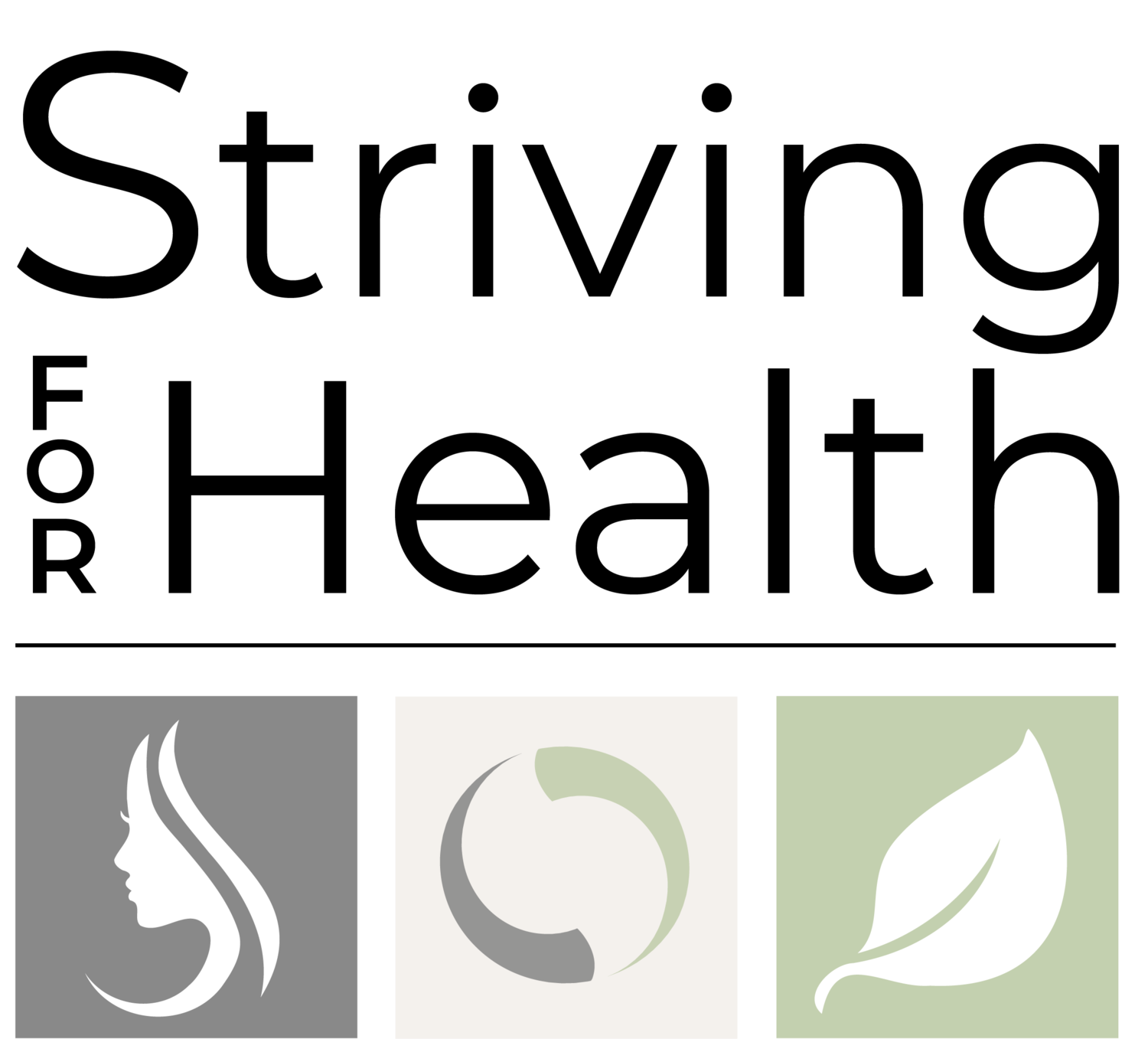
It’s your first Microneedling visit…
If it’s your very first Microneedling Appointment with us, here are a few things you should know.
During the Microneedling appointment:
We will perform a skin assessment and go over your medical history as it pertains to the treatment.
You will get comfy on the massage table. You’ll be fully covered on the table with the option of a heated bed and heat lamp for the feet.
We start the treatment by cleansing the face with an organic cleanser and then follow up with an alcohol swap to make sure it is super clean. We hate alcohol on the skin, but this is the exception.
After the cleanse you will be offered the option for a numbing cream, but 90% of the people don’t need it. If you opt for a numbing cream, you will be placed under the LED while it is taking effect.
We will unwrap a new sterile single use needle cartridge for the Microneedling device and apply a customize serum to the skin.
The treatment begins on the décolletage, moving up the neck, and up the face to cover all of the tissue in a systematic way to ensure an even treatment. We can also do the hands if requested.
At this point your face will begin to feel very warm, like having a sunburn. We can apply a cucumber mist to keep the skin cool during this process.
Once the Microneedling is completed, you will go under an LED light for about 30 minutes. We will be spritzing your face with our cucumber mist while you are under the light to keep the skin cool. The LED light helps to further increase collagen production, decrease the inflammation and reduce the redness from the treatment.
After the LED session is completed, we will apply a nutrient rich serum to the face and a customized Hydrojelly mask is applied for about 20 minutes. This cools and hydrates the skin while supporting healthy function.
You will be given products to use over the next 24 hours along with further written instructions that covers how to care for the skin, what to do and what not do for your skin.
When the treatment is complete your skin will feel very warm and feel like you have a sunburn. The skin may be red and feel a bit tight. This will go away within a few hours to 24 hours after the treatment, depending on the person.
Is there anything that I need to do before the appointment?
Yes, please make sure to bring your filled in paperwork to the appointment. You can access the Microneedling forms at the bottom of the page or you can download them here.
What else should I know about the appointment?
Please dress comfortably. If you have a tank top or a top with a wide neck, that is perfect. If this isn’t an option, no problem, we have robes for you to use.
After your treatment you will need to not wear make up or sunscreen for 24 hours.
Don’t go out into the sun for 48 hours so incorporate that restriction around your scheduled appointment time.
Some people will experience itching for a few days after the treatment. This is normal.
Your skin may feel dry for the first few days so make sure to stay hydrated and keep the skin moisturized.
Make sure to ONLY touch your skin with clean hands for 24 hours after the treatment.
If you normally do at-home facial gua sha, facial cupping or facial taping, please do not do any of these therapies for 72 hours after the Microneedling treatment.

Have more questions regarding Microneedling? Head on over to our Microneedling FAQ’s page.
Take a moment to look over the clinic’s COVID precautions to aid us in keeping every one safe and healthy.
Other Striving for Health services you may be interested in.
Recent evidence suggests that the gut microbiome is likely the master control center of overall human health. Peering into these microbial ecosystems can offer insight into disease susceptibility and potential root causes of illness.
Infrared wavelengths penetrate tissues and detoxify cells by vibrating ionic bonds and improving lymphatic flow and blood circulation. They can help to decrease the size of water clusters in the body, giving them greater mobility and penetration in and out of body tissues, thus carrying toxins out of cells so they can be released.
Symptoms include sneezing, congestion, runny nose, wheezing, shortness of breath, coughs, postnasal drip, skin conditions, rashes and itchy, watery eyes. Reactions may be associated with pollens, dust, food, chemicals and animals (including dog and cat dander and bird feathers), air-borne substances and contactants.



